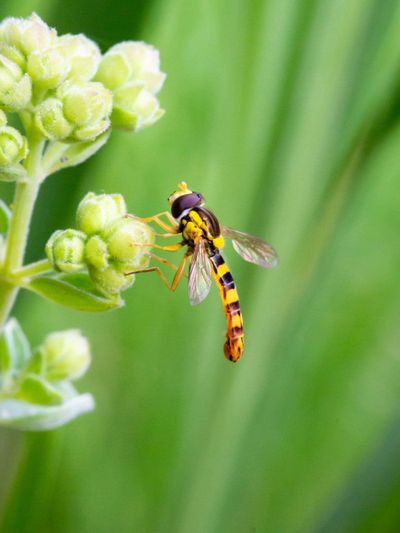Do Flies Pollinate for Real?
Bees don’t have a monopoly on pollinating flowers and responsibility for fruit development. Mammals do it, birds do it, and other insects do it too, including flies. Here are some interesting facts:
Flies are second only to bees in terms of importance for pollination.Flies live in nearly every environment on earth.Some flies that pollinate do so for specific species of flowering plants, while others are generalists.Flies help pollinate more than 100 types of crops.Thank flies for chocolate; they are primary pollinators for cacao trees.Some flies look a lot like bees, with black and yellow stripes – like hoverflies. How to tell the difference? Flies have one set of wings, while bees have two.Certain species of flowers, like skunk cabbage, the corpse flower, and other voodoo lilies, give off the scent of rotting meat to attract flies for pollination.Flies that pollinate include many species of the Diptera order: hoverflies, biting midges, houseflies, blowflies, and lovebugs, or March flies.
How Pollinating Flies Do What They Do
Fly history of pollination is truly ancient. From fossils, scientists know that flies and beetles were the primary pollinators of early flowers, at least as long ago as 150 million years. Unlike honeybees, flies don’t need to carry pollen and nectar back to a hive. They simply visit flowers to sip on the nectar themselves. Carrying pollen from one flower to the next is incidental. Many fly species have evolved hairs on their bodies. Pollen sticks to these and moves with the fly to the next flower. Sustenance is a fly’s main concern, but it also has to stay warm enough to take flight. As a type of thank you, some flowers evolved ways of keeping flies warm while they dine on the nectar. The next time you’re tempted to swat a fly, just remember how important these often-annoying insects are to flower and fruit production.
